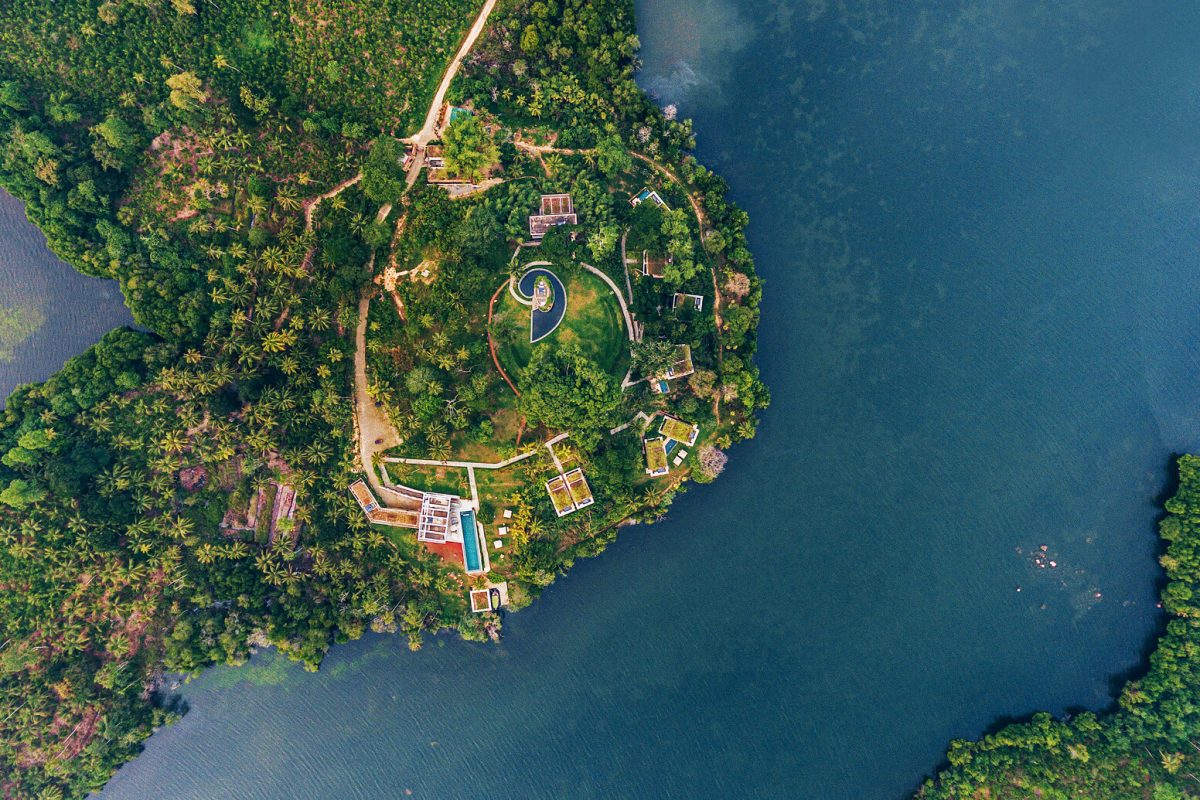What’s in a name? Lara Drummond, demonstrates she has a Masters in Religious Studies from SOAS University – the School of Oriental and African Studies – when she explains the etymology of Tri here, and how the hotel’s name came to her…
Much as we all love long, exotic, mysterious hotel names, when it came to christening our contemporary design hotel, we were looking for something short that had meaning. It needed to span East and West, have spiritual and scientific significance, and be pertinent to modern architecture and of our eco-ethic.
‘Tri’ came to mind during my yoga practice as I stood in trikonasana – the triangle pose. Ancient Sanskrit is an Indo-European language, and so the root word ‘tri’ means three to both Eastern and Western ears. The number three is considered auspicious – even sacred – in most mystical traditions. Buddhism centres on the triratna, its three jewels are Buddha, dharma [his teachings], and sangha [monastic community]; Hinduism venerates Shiva whose main attribute is the trishula or trident; Christianity is a trinity of the Father, Son and Holy Ghost as alluded to by the crossing hand gesture – these are only a few examples.
Triangles were venerated in ancient times as a sacred shape and in Plato’s Theory of Everything he posited the triangle as the primary plane surface. In architecture, the use of the triangle is common because of its inherent strength – and you feel a strength in your body in yoga when the distance between the feet is the same as the distance between pelvis and leg, so the dragging of the feet apart is equal to the pull of gravity, and the result of this is stability.
Intended to be pronounced phonetically, ‘Tri’ is meant to be a play on the English word ‘tree’. Hugging the gentle hill that constitutes our promontory on Koggala Lake, Sri Lanka’s largest natural lake, the structures that make up Tri are built in a nautilus-shell spiral pattern, in keeping with the golden ratio. Our Koggala Lake hotel centres around the huge banyan tree that towers on the hill’s crown. The banyan tree is the little sister of the Bodhi fig tree, under which Buddha reached enlightenment, which is considered sacred to Buddhists (Sri Lanka’s main religion, and most prominent here in the Southern Province).
The tree features hugely in any spiritual context, representing the connection between Heaven and Earth, the giver of life and vitality. Mystical and philosophical traditions the world over use tree imagery, namely the Tree of Life, a many-branched tree which illustrates the idea that all life on earth is related. So when we checked and the domain for www.trilanka.com was still available, the decision was final. And Tri was born.


